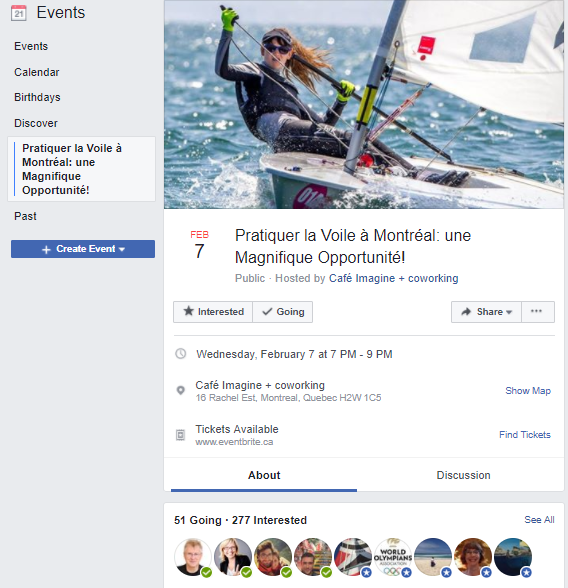Tips by Andrew Campbell
Andrew Campbell, Laser sailor extraordinaire, and currently pursuing a shot at the 2012 Olympics in the Star, wrote this recent post on his blog. It is instructional tips based on recent Melges 32 Gold Cup regatta in which he served as tactician. Pic from his site by Joy.
- Ralph, Montreal Sailing
Team Ninkasi took a fourth place finish in the fleet of 23 boats at the 2009 Melges 32 Gold Cup last weekend of Fort Lauderdale. Owner John Taylor at the helm took his team through a very consistent series and ultimately was within striking distance of the lead going into the last race. Anthony Kotoun and I switched positions on the boat for this regatta from last year’s roles. He trimmed mainsheet while I was legs-out calling tactics and strategy from the rail. The decision was a success for a number of reasons, but simply put Anthony is the speed-guru on board and I’m more comfortable positioning us for success.
Three points became very clear after a very windy practice session before the regatta, and after a few breezy days during the regatta:
- Communication must be Clear and Concise: If the tactician is making a call, grabbing everybody’s attention for a split second to explain what’s going to happen in the upcoming maneuver drastically improves the chances of success. If the trimmer is talking to the helmsman downwind, short and clear words about a) what kind of pressure he is feeling and b) what mode he thinks the helmsman should be sailing make it a heck of a lot easier for everybody to do their jobs.
- Consistent Speed is a Killer: Most of what made Anthony and my switch a success was his ability to keep the boat from getting too slow. In order for the tactician to be able to make good decisions, he has to be able to depend on the boat to continued around the racecourse at a consistent speed. Changes in speeds demand on-the-spot changes in tactics. When the tactician can concentrate solely on tactics and let the mainsheet trimmer concentrate solely on mainsheet, then the boat is better off around the racecourse.
- Cooler Heads Prevail: Continuing on the theme above, placing everybody in positions where they can excel is the key to any sailing program, or any business for that matter. When people are in positions where they are already performing at their highest level as opposed to positions where they are improving their skills, the team around them will be better because of it. When players are in the wrong positions, stress is amongst players in the correct positions because the weaker player is thus holding back the entire team. Let the training happen somewhere else besides at the regatta. Having the correct players in the positions where they’ll do their best will enable cooler heads to prevail in heated racing situations.
- Front Row is a Bonus: In a fleet as strong as the M32 is right now, being in the front row off the starting line is a bonus you cannot live without. Simply put, if you start in the front row you will likely be top 10 with average speed. If you are not in the front row, you will guarantee yourself a bottom 5 mark rounding. You must be able to hold on starboard or make your own decision about tacking for at least a minute in order to have a decent first mark rounding. This weekend we had two rough starts and two finishes outside of the top ten. There were some very good sailors on board boats that finished 1st in some races and last in others. Our fourth place finish at the end of the series was testament to a good weekend on the starting line.



Comments
Post a Comment